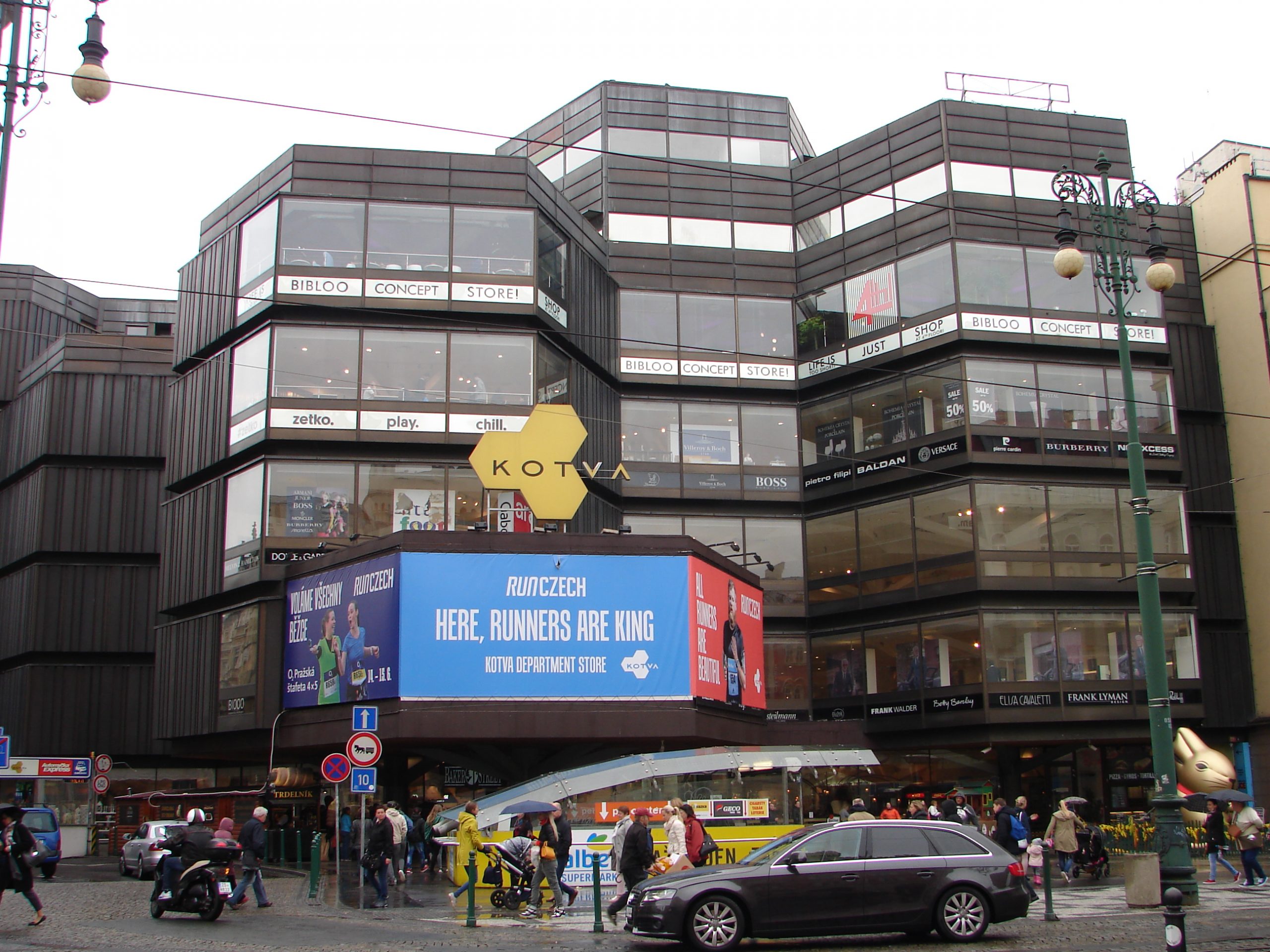Cooperation
As an independent research institute of the CTU, the Klokner Institute establishes cooperation with companies both in the Czech Republic and abroad. Such cooperation basically involves qualitative and quantitative research on the reliability of structures, monitoring of the behavior of buildings, and the associated processing of expert opinions on the safety of materials and structures.
LIBEŇ BRIDGE
- Implementation: 2015 – 2018
- Client: Technická správa komunikací hl. m. Prahy, a.s.
The subject of a set of diagnostics and structural analyses carried out in 2015-2018 was the main bridge V-009 over the Vltava River and the X-656 inundation bridge. In 2015, on the basis of the submitted diagnostic inspections and project documentation, an analysis and assessment of the technical condition of the bridge and the possibility of repair or construction of a new bridge was carried out. This was followed in 2016 by diagnostic and load testing of the X-656 bridge, including structural analysis and determination of the load capacity of the arch and associated frame structures. In late 2016 and early 2017, detailed diagnostics were performed on the foundation and underwater portion of the 3rd pier of Bridge V-009. Throughout 2017, the investigation was conducted in cooperation with Pontex, Ltd. and Inset, Ltd. an extensive diagnostic survey of the V-009 bridge, including load tests, which resulted in the determination of the load capacity with regard to its current condition and the resulting necessary measures (a major measure was the temporary support of parts of the frame structures in a state of disrepair, implemented in February 2018), the possibility of reconstruction, repair and rehabilitation interventions to ensure the load capacity and service life of the bridge according to current standards. Based on the recommendations arising from the results of the V-009 bridge diagnostics, the X-656 bridge frame structures were diagnosed in early 2018, including the determination of their load capacity and the load capacity of the X-656 bridge as a whole. The objective of the diagnostics of the reinforced concrete frame structures of the X-656 Libeň Bridge was to assess the current condition of the frame structures, especially with regard to degradation effects, corrosion condition of the reinforcement and weakening of the cross-sections of the structural elements due to concrete degradation, to verify the reinforcement and dimensions of selected structural elements and compare the findings with the data given in the available documents and to verify the function and condition of the temporary support of the joint of one of the frames, thus providing a sufficient basis for the structural assessment of the frame structures and the determination of their load capacity. The structural assessment of the frame structures and the determination of their load capacity was carried out by the cooperating company Pontex, s.r.o.
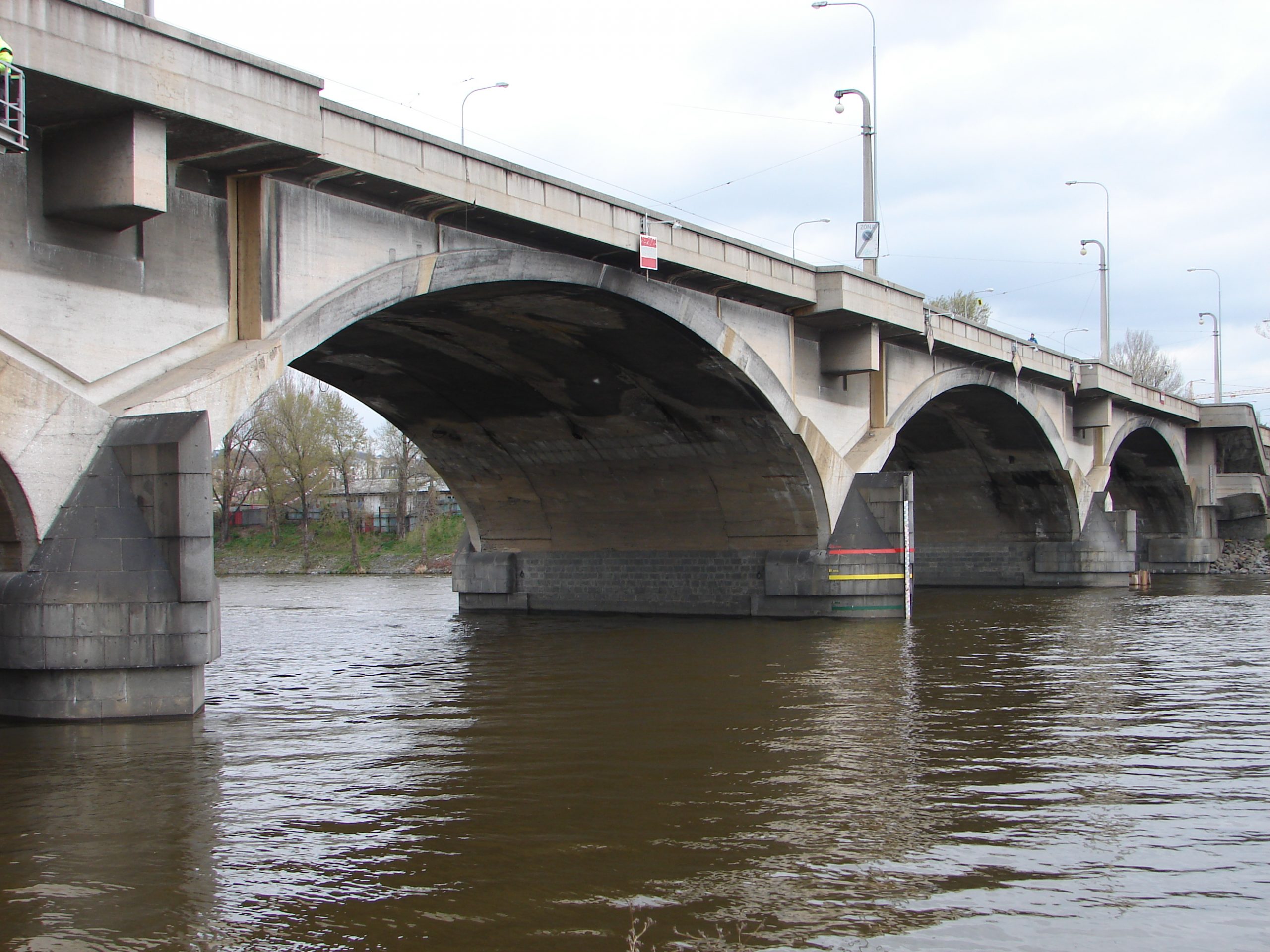
LEGION BRIDGE
- Implementation: 2018
- Client: Technická správa komunikací hl. m. Prahy
With regard to the size of the stadium, the work was divided into five stages of diagnostic surveys, the aim of which was to assess the structural and technical condition of the stands, to carry out their static assessment taking into account the results of the diagnostics and to determine their load-bearing capacity. The existing reinforced concrete stands date from different periods. The oldest one is the western stand with adjacent arches from 1932 – 1938, about 10 years later the northern and southern stands were built for the XI All-Sokol Meeting in 1948 and the youngest one is the eastern stand with adjacent arches and eight outdoor staircases built for the IV Czechoslovak Spartakia in 1975, which with adjacent arches is built of reinforced concrete prefabricates. In the six archives visited, the original project documentation was found only for the eastern grandstand (except for the documentation of the steel structures of the fighters’ gates), while for the other grandstands only fragments of documentation were found, usually not corresponding to the actual design of the grandstands. The diagnostic surveys included, in particular, measurements of the dimensions and shapes of the structures, determination of the compressive strength of the concrete, the tensile strength of the concrete surface layers, the degree of carbonation of the concrete and the content of water-soluble salts, reinforcement of the structural elements and assessment of the corrosion condition of the reinforcement, including corrosion risks to the reinforcement, mechanical properties of the reinforcement and structural steel, determination of the floor and auditorium compositions, visual inspections and a number of other activities. The results of the diagnostics formed the main basis for the structural analysis of the stands in SCIA and the determination of their load capacity. For each grandstand, proposals and recommendations for measures, rehabilitation and repairs were formulated, aimed at minimising irreversible degradation of the structures, as the future use of the stadium stands is still undecided.
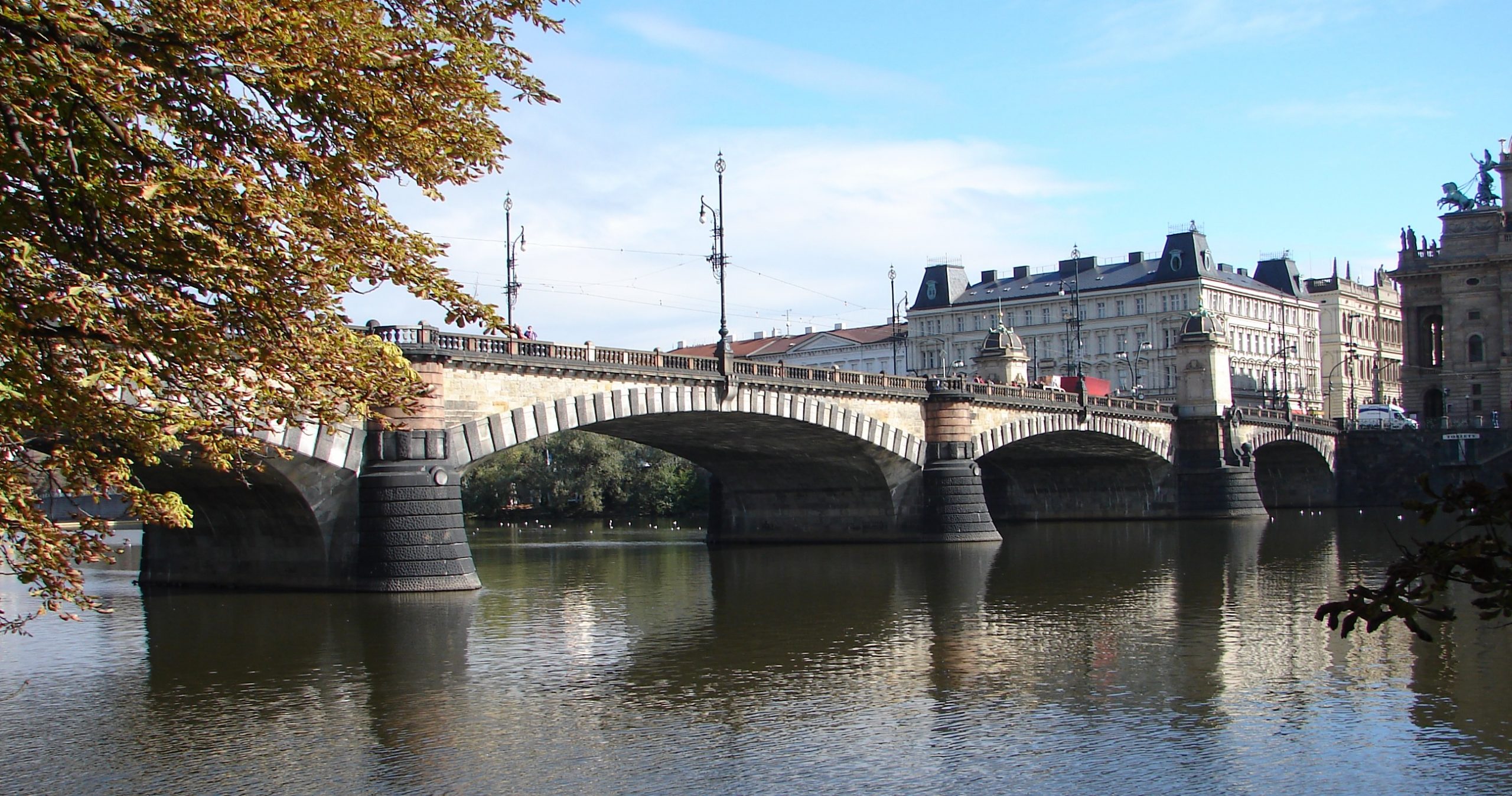
KOLBENOVA, HALL OF SMALL MACHINERY
- Implementation: 2018
- Client: EDIFICE Development I, s.r.o.
The Klokner Institute of the Czech Technical University in Prague carried out part of the diagnostic survey for the company Pontex s.r.o., which was the contract manager, which included the activities described below. As part of the survey work and subsequent laboratory tests, the compressive strength and modulus of elasticity of the concrete of the supporting structure were determined, tests and analyses of the concrete, respectively. including tests for frost resistance, water absorption, resistance to chemical thawing agents, surface absorption, water-soluble salt content of the concrete, identification of ASR aggregates in the concrete by microscopic analysis and uranyl acetate test, analyses to determine the mixing ratio of the concrete, aggregate granulometry and type of binder used, as well as thermal analyses of the concrete and plaster. The strength and composition of the pavement and the tramway body and the condition of the waterproofing were also investigated. The work also included the so-called Reference Area project, in which the possibility of using reprofiling materials and plastering materials was verified in-situ and in the laboratory. As the bridge’s supporting structure consists of three-jointed arches, a diagnosis of the granite joint stones and an endoscopic examination of the lead plates clamped between the joint stones (the joints contain a total of 312 lead plates) were carried out. The work also included a structural and historical survey prepared by the Institute of Historical Preservation of the Faculty of Architecture of the Czech Technical University in Prague, in which the Klokner Institute also participated, and which, in addition to the Mánes Bridge, also included its predecessor, i.e. the Iron Footbridge.
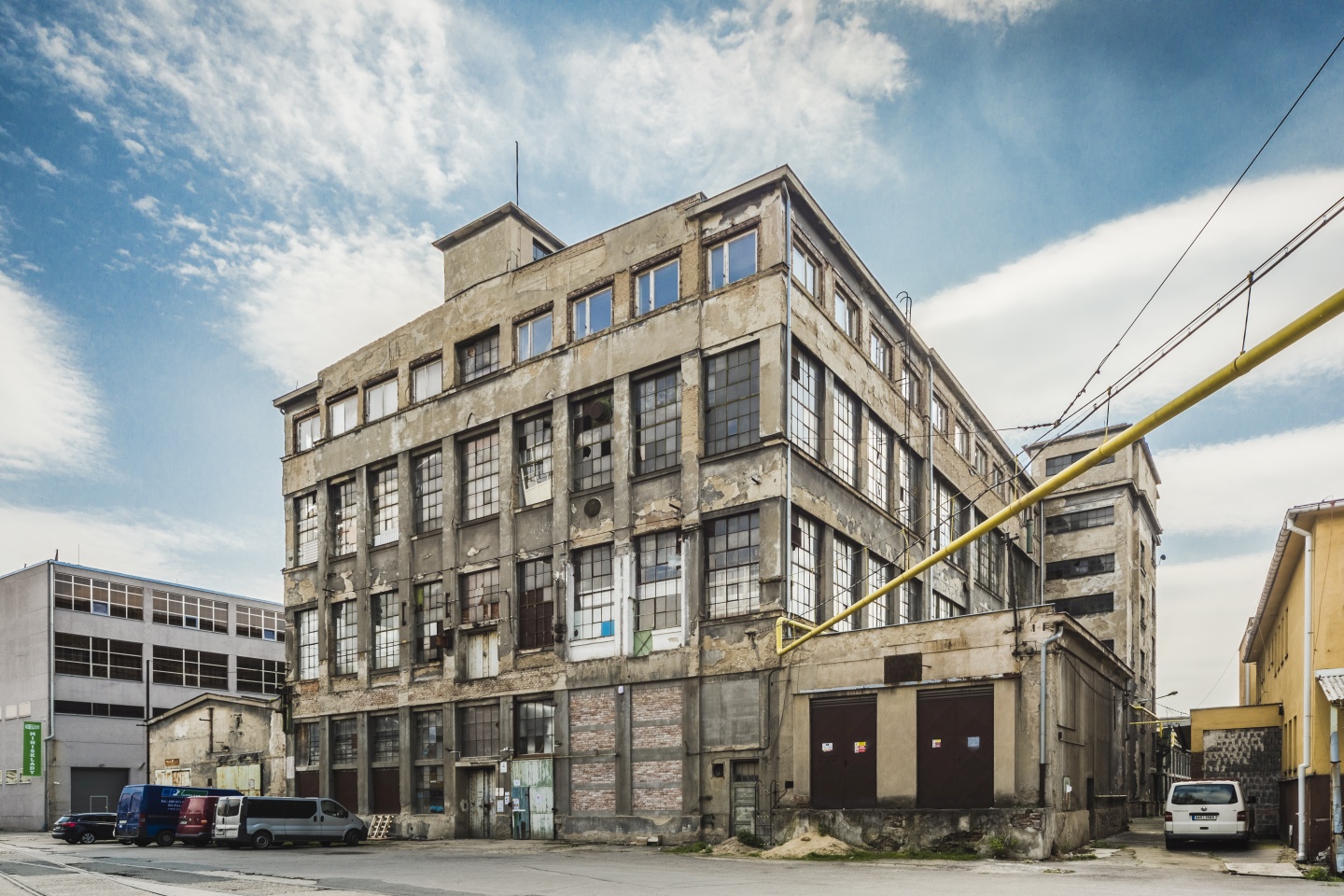
KINO 64 U HRADEB (CINEMA)
- Implementation: 2018
- Client: Tichý & Kolářová, s.r.o.
As part of the planned reconstruction of the cinema building, a structural and technical survey of selected reinforced concrete structures was carried out (strength of concrete, reinforcement, corrosion state of reinforcement and corrosion risks for reinforcement), as well as an assessment of the condition of the steel hinges of the ceiling of the monier over the cinema hall and the corrosion state of the prestressing ropes located in the floor of the cinema hall, which ensure its stability.
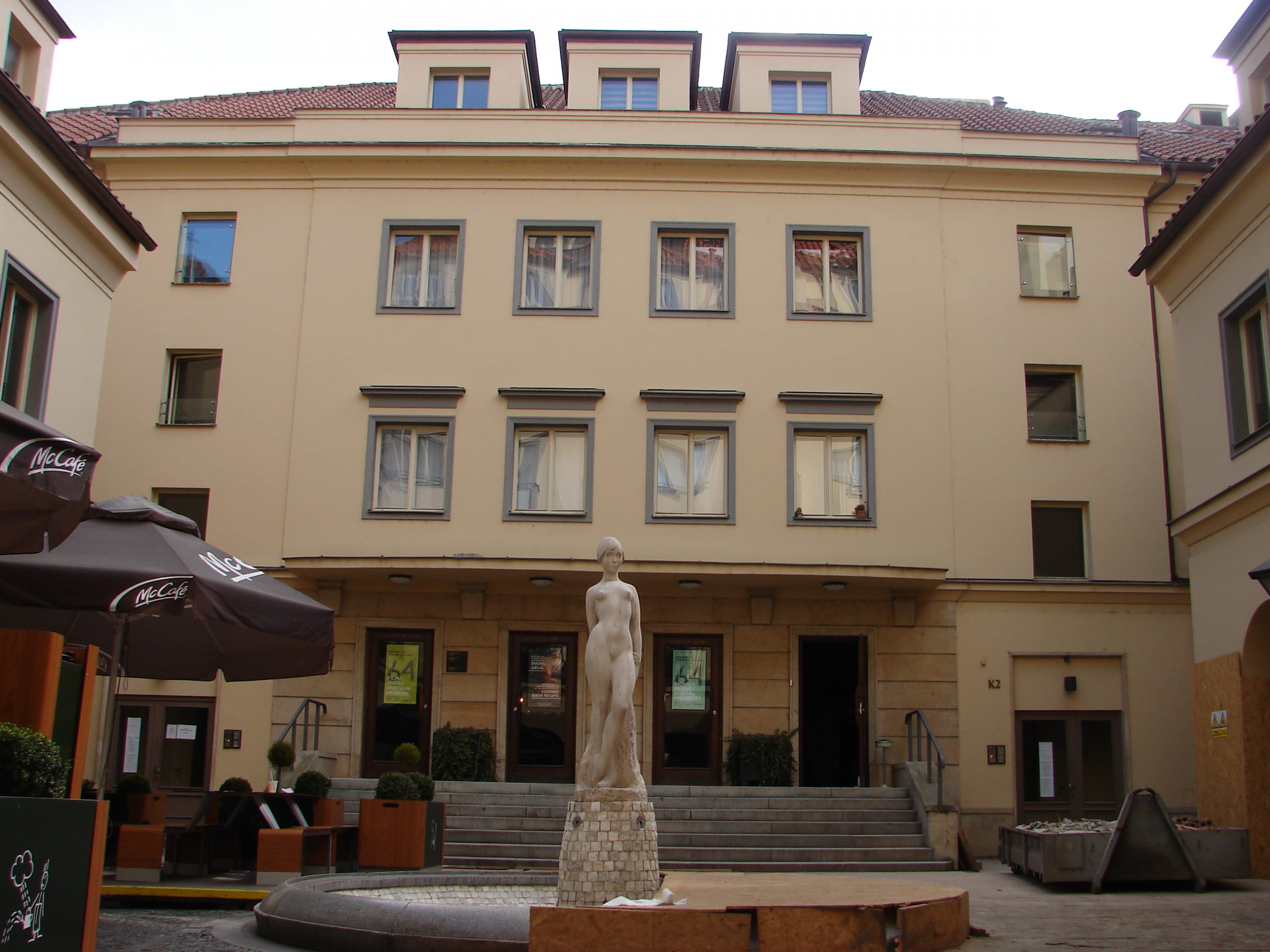
KOTVA DEPARTMENT STORE
- Implementation: 2017, 2018
- Client: Němec Polák, s.r.o., První nemovitostní, a.s.
The subject of diagnostics of the Kotva department store in 2017 were reinforced concrete structures, especially underground garages. The work was aimed at determining the reinforcement and corrosion state of the reinforcement of floor slabs and heads, the compressive strength of concrete, the formulation of corrosion risks of reinforcement due to the action of chloride ions and the process of concrete carbonation, the determination of the composition of floors, the assessment of the degree of damage to the floor slabs by cracks. Based on the results of the diagnostics, recommendations for the design of the rehabilitation were formulated. The results of the diagnostics were used as a basis for the structural recalculation of the structures.
In 2018, a diagnosis of the ceiling slab ± 0.0 m was carried out, i.e. the ceiling slab above the Albert store, which is below the area in front of the main entrance to the OD. The work was aimed at determining the strength of the concrete, the reinforcement of the column heads, the formulation of the corrosion risks of the reinforcement due to the action of chloride ions and the carbonation process of the concrete and, last but not least, the verification of the parameters of the reinforcing floor slab implemented in 1992.
